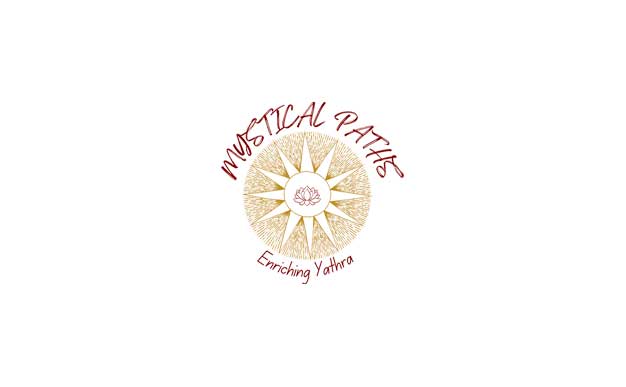Blog Details
Where creativity thrives
PRADEEP CHAKRAVARTHY
One of the oldest institutions in the city, the Government College of Arts and Crafts is a treasure trove of books on art.
It was founded in 1850 by Dr. Alexander Hunter, an eminent surgeon in the British military service, as a private institution and was called the Madras School of Arts. Hunter had a commercial motive as well — of selling artistic wares. By 1852, the Government had acquired the college and moved it from Popham’s Broadway to its present premises, a four-acre campus on Poonamallee High Road. The college was rechristened Government School of Industrial Arts. The principal’s house, an elegant Palladian building, still stands in the campus surrounded by later Gothic buildings.
The college had two departments. While the Department for Industrial Arts focussed on the design and production of building-related items such as bricks and implements, the Arts Department had sections for wood carving and metal ware. E.B. Havell, who became the principal in 1884, ushered in a period of greatness. Havell believed in the traditional mode of instruction of the gurukula system and had several artisans from other parts of the Madras Presidency come and teach at the college.
The contributors
Robert F. Chisholm, the famous Madras architect, and Captain Linnaeus Tripe, a well-known photographer, also taught at the college. Other great principals who contributed to development of what is now known as Government College of Arts and Crafts, include D.P. Roy Chowdhury and K.C.S. Panicker.
The college has a library and a museum of artefacts donated by art enthusiasts at different times. Sadly, many of the old books are no longer in the library. The few that are left give us an idea of the art books of the 18th-19th centuries.
An 1893 edition of ‘The Victoria Technical Institute, Madras,’ is a four-part tome that discusses designs primarily from Italy. Part I has 29 plates of monochrome designs of various architectural ornaments. Some examples of a church in Verona and book covers from the Vatican are noteworthy. Part II has seven plates of patterns from Pompeii. Part III has designs from churches primarily in Italy, and mosaic arabesques. The colours on these pages look like they were printed just yesterday. Part IV has drawings of various palaces in Verona and Mantua, Italy. Published in 1868, two volumes titled ‘Chromolithographs’ of the principal objects of art in the South Kensington Museum, portray close-ups of the artefacts there.
‘The Thousand Buddhas’ by Aurel Stein published in 1921 has beautiful photographs of various Buddha images found as frescoes or in Thangkas.
A magnificent pair of volumes each containing thirty plates called ‘Calico Paintings and Printing in the East Indies in the XVII and XVIII Centuries’ by Geo P. Baker can be accessed in the library. Each plate has a large image of a textile from these centuries. Some of them are block printed, the others hand drawn. The images themselves, however, are printed on to the paper. The vibrant colours and the unique motifs ‘invariably nature inspired’ give us a sense of why Indian cotton textiles were so popular across the world during that time.
Published in 1841 with several drawings by Owen Jones and Jules Goury, the ‘Alhambra’ is a lavishly illustrated book of the palace complex of the same name in Spain. The book has detailed architectural drawings of the various buildings in the Alhambra as well as minute reproductions of the Moorish design motifs.
The books found here are a rare and interesting part of the library that deserves more publicity. The college was the first to introduce photography as a subject around 1855. The library has volumes of photographs taken by the students as well by Linnaeus Tripe and Captain Lyon. The latter were publicly available but not many libraries have copies of these rare books. The former is a collection unique to the college.
Remarkable pictures
The photographs of Madras, Mahabalipuram, Chidambaram, the Nilgiris, Tirupathi, Kanchipuram, Madurai and Thanjavur are remarkable in many ways. They are mostly panoramic views of the temples in these towns and capture the beauty of these towns in the 1850s, when the streets were devoid of plastic and other rubbish and the houses were aesthetic and simple. Interestingly, every temple tank is overflowing with water!
The photographs of the artistic ware produced in the college are also fine examples of craftsmanship that is almost extinct today.
The college is keen to preserve and popularise its collection and requests interested art lovers to contact the principal.
(The writer wishes to thank Prof G. Chandrasekharan, principal of the college, N. K. Surendran, the librarian, and his colleague K. Moorthy, S. Muthiah and T. Bhaskaran and all those who provided reference materials, like Ranvir Shah. The author is at present engaged in writing a book on the cultural history of Thanjavur, to be released later this year.)
